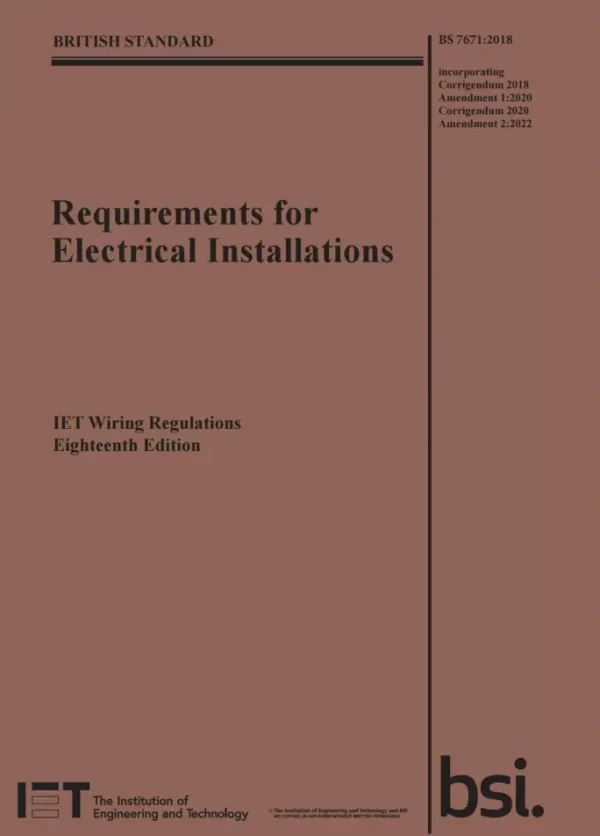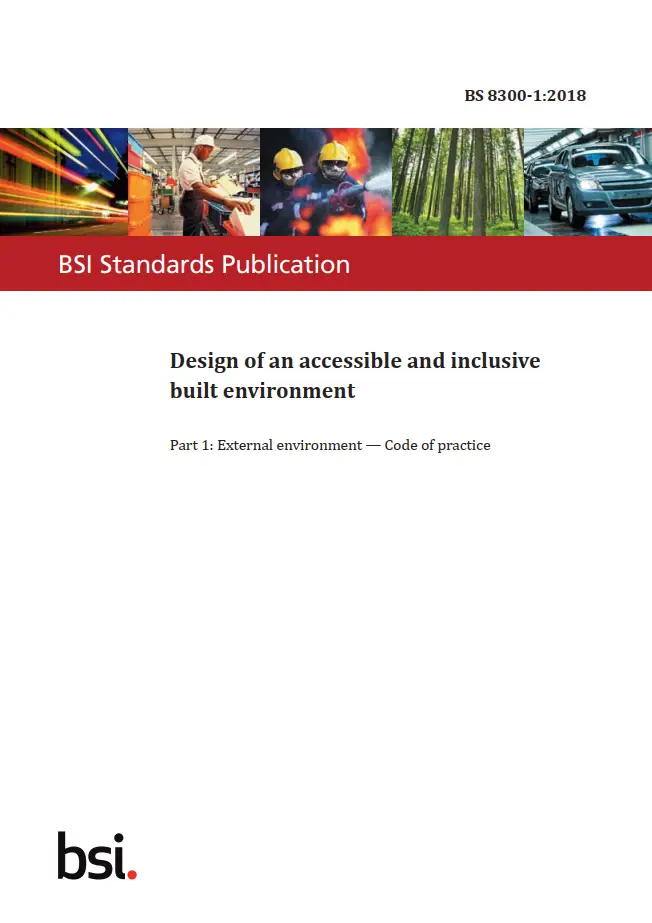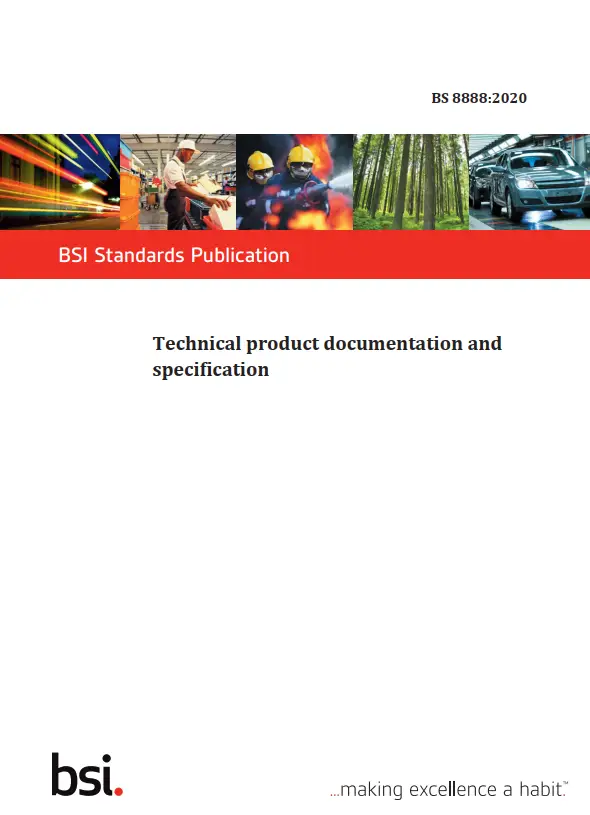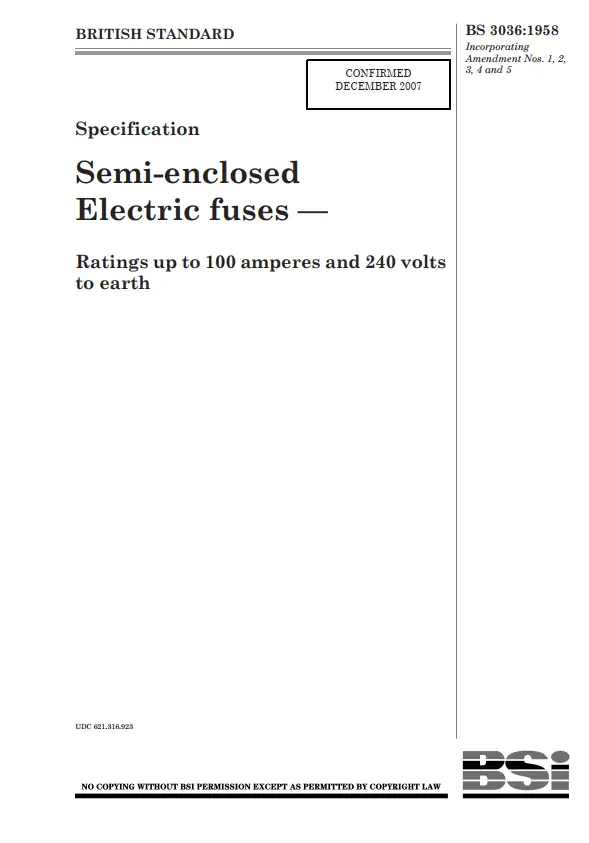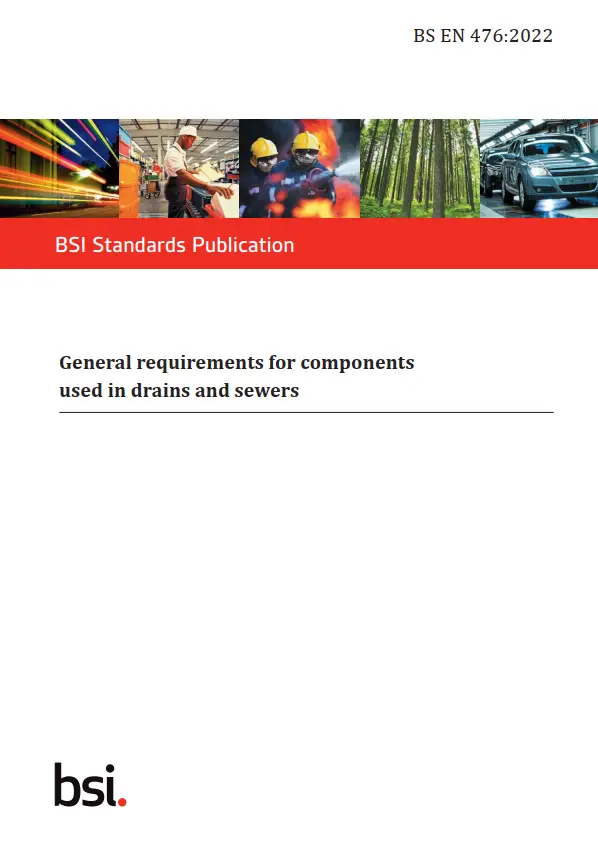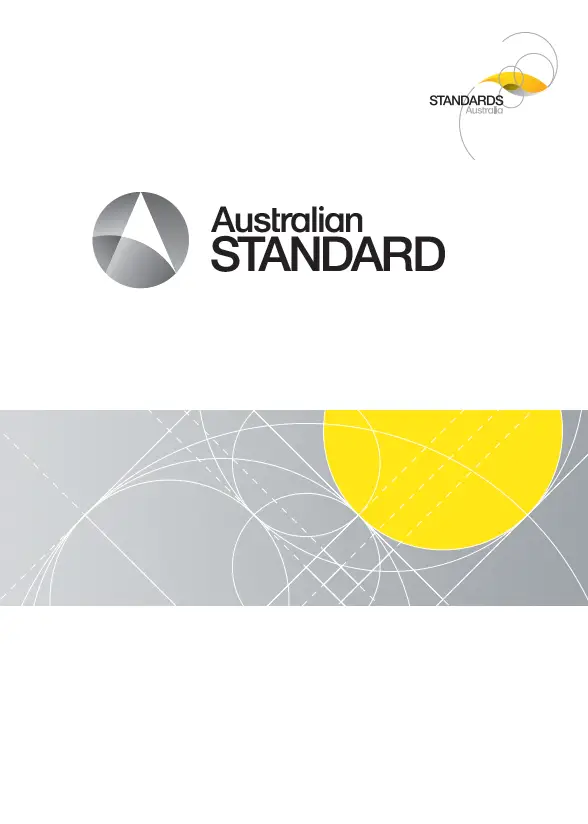BS 7671, 2018 Edition – Requirements for Electrical Installations. IET Wiring Regulations
What is BS 7671 – IET Wiring Regulations about?
BS 7671 is the important national standard provides authoritative requirements to help ensure electrical installations are safe and comply with UK law. BS 7671:2018+A2:2022 introduces a new requirement for Arc Fault Detection Devices (AFDDs), updated requirements for the fire safety design for buildings and a new chapter on prosumer low voltage electrical installations. All electrical installations must comply with the updated guidance in BS 7671:2018+A2:2022 from 28 September 2022.
Who is BS 7671 – IET Wiring Regulations for?
BS 7671 on the requirements for electrical installations can be adopted by:
- Electrical contractors
- Electrical installation engineers
- Wiring and installation inspection engineers
- Electrical systems designers and installers
- Manufacturers of electrical cable, luminaires, sockets, junction boxes, ducting, fuse boards, tests and safety equipment, switches etc
- Regulators
What does BS 7671 – IET Wiring Regulations cover?
BS 7671 on the requirements for electrical installations sets out requirements that apply to the design, erection and verification of all new electrical installations and additions and alterations to existing electrical installations in the UK.
Although not a statutory document, BS 7671 sets the standard for how electrical installations should be done in the UK (and many other countries) and enables compliance with the law.
Why should you use BS 7671 – IET Wiring Regulations?
BS 7671 on the requirements for electrical installations is the most widely accepted way to evidence compliance with statutory requirements. In addition:
- It provides a single reference point for almost all domestic and similar electrical installations
- It increases the safety of electrical installations
- It supports the sustainable development of renewable sources of electricity
- It helps users stay up to date with new and innovative technologies
- It improves the efficiency of installations
- It’s the product of consensus among a comprehensive group of stakeholders
BS 7671 contributes to UN Sustainable Development Goal 7 on ensuring access to affordable, reliable, sustainable and modern energy for all; Goal 9 on industry, innovation and infrastructure; Goal 11 on making cities and human settlements safe, resilient and sustainable; and Goal 13 on taking urgent action to combat climate change and its impacts.
What’s new about BS 7671:2018+A2:2022?
BS 7671:2018+A2:2022 is an amendment to BS 7671:2018.
The major changes in BS 7671:2018+A2:2022 are:
- A new requirement for Arc Fault Detection Devices (AFDDs) in some AC final circuits for installations in some types of higher risk residential buildings
- The requirement for the fire safety design of buildings to be documented where specific conditions of external influence exist, such as protected escape routes and locations with risk of fire
- A method for determining the requirement to provide overvoltage protection
- Changes to identification, labels and notices, such as for consumer units, affecting how safety information is provided to the user of the electrical installation
- A new chapter on prosumer low voltage electrical installations
General Product Information:
| Revision | 2018 Edition, March 28, 2022 |
| Document Type | |
| Document Language | English |
| ISBN | 978 1 785 61170 4 |
| Pages | 624 |
| Publisher | British Standards Institution (BSI) |
| Status | Current |
| Purchase Note | All current amendments available at time of purchase are included with the purchase of this document. |

